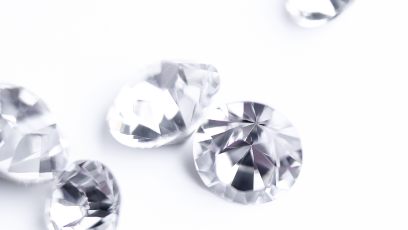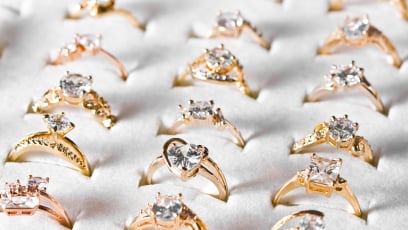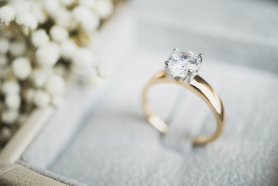GIA Teaches You 4Cs - How To Choose Giamond

The clarity grading of diamonds
education.Clarity refers to the assessment of natural inclusions (internal features) on the surface and inside a diamond. The higher the clarity grade, the higher the price will be.
education.The clarity grading of diamonds is assessed on a scale ranging from FL (Flawless, no internal or external flaws visible under 10x magnification) as the highest to I (Included, inclusions visible to the naked eye) as the lowest. There are a total of 6 main grades with further subdivision into 11 categories.
education.In 1953, Richard T. Liddicoat and his colleagues established the grading system and clarity chart for the Gemological Institute of America (GIA). The clarity grades are determined by observing the diamonds under 10x magnification.
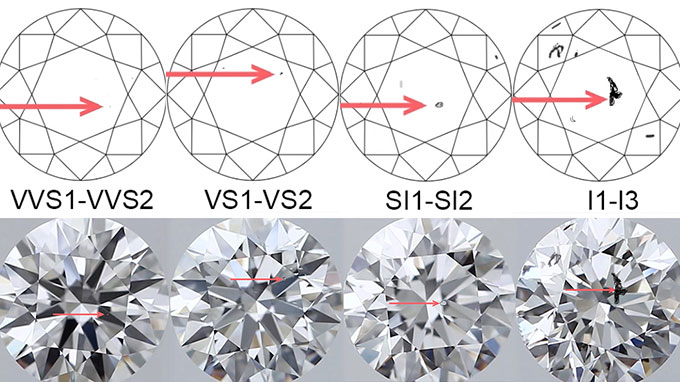
Selecting Diamond Clarity Tips :
education.Many people have misconceptions about diamond clarity, believing that diamonds are flawless and that higher clarity is always better. Another common misunderstanding is that diamonds with higher clarity grades will have a more brilliant sparkle. These statements are too one-sided, as the brilliance and value of a diamond depend not only on clarity but also on color, size, and the impact of the cut. Therefore, it's important not to generalize. Here are some tips to help you choose diamond clarity:
「Invisible to the Naked Eye」
education.The cost-effectiveness is highest for diamonds with slight inclusions (SI) and very slight inclusions (VS). Inclusions are difficult to see with the naked eye, acceptable under magnification, not very noticeable, and come with a reasonable price. education.So, after determining the color and size, rely on your initial impression with the naked eye for selection. Proceed to the next round of scrutiny using a magnifying glass for diamonds that appear clean to the naked eye. education.At 10x magnification, take a closer look at the inclusions. Choose diamonds where the inclusions are relatively minor, preferably located on the side or not very noticeable under magnification. education.Of course, in the end, choose the one that looks most pleasing to the naked eye—this is also a matter of personal preference and fate.The shape and size of the diamond affect its clarity.
education.If you are looking to purchase a diamond larger than one carat or considering a specific fancy shape (for example, where inclusions might be more visible in emerald-cut or princess-cut diamonds), you might be willing to spend a bit more to acquire a diamond with higher clarity.education.The birthmark (clarity) of a diamond is formed uniquely and is one of a kind.
education.Through the movement of tectonic plates, diamond-containing magma is brought to the Earth's surface through volcanic eruptions. As the erupted lava cools, it forms rocks that are filled with residual diamonds. Some of these rocks may be washed downstream and accumulate in riverbeds or coastlines. Ancient diamonds are mostly found in alluvial deposits or ancient riverbeds. Diamonds are formed from the element "carbon" through the Earth's natural high-temperature and high-pressure processes. During the formation, carbon that does not fully crystallize can be trapped within crystallized carbon, creating the black spots we see under magnification. With the growth of crystals, the atomic structure may undergo unstable phenomena, giving diamonds their unique birthmarks, which manifest as inclusions when viewed under a magnifying glass. education.Inclusions are extremely common in diamonds, serving as a unique birthmark for each diamond, much like fingerprints for humans. There's a Western saying, "No two diamonds are ever alike," emphasizing this characteristic of diamonds. Even if diamonds are graded by the same laboratory with the same clarity rating, two diamonds may have variations in the type, location, size, quantity, and visibility of their inclusions and flaws. education.Using the GIA International Diamond Grading System™, diamonds are assigned a clarity grade ranging from Flawless (FL) to diamonds with obvious inclusions (I3).education.Diamond clarity refers to the extent of internal and surface characteristics. Diamonds without these birthmarks are extremely rare, and their rarity affects the value of the diamond.
education.The five major factors of inclusions (birthmarks) affect the clarity rating, directly influencing the value of the diamond.
Type
education.The nature of diamond inclusions affects its clarity grade, with feather-like or cloud-like inclusions having a greater impact on clarity than other types of inclusions.Position
education.The visibility of inclusions is influenced by their location; inclusions are more visible on the table facet than on the lower or near the girdle of the diamond.Size
education.Large inclusions have a greater impact on clarity than small inclusions.Quantity
education.A diamond may have many small inclusions but still maintain a high clarity grade. Typically, it is the largest one or two inclusions that determine the clarity rating.Visibility
education.Incomplete crystallization results in black or brown inclusions that are more easily visible because their impact on clarity is more pronounced compared to white or colorless inclusions.Bruise

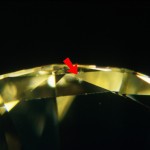
Feather

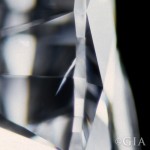
Crystal

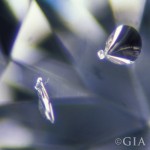
Twinning Wisp

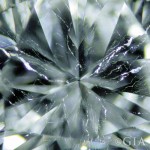
Cloud

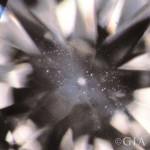
Pinpoint

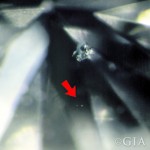
Needle

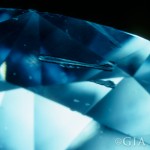
Chip

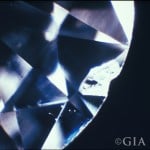
Natural

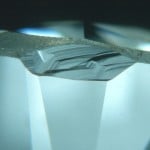
Indented Natural

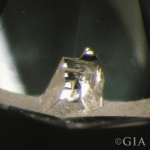
Cavity

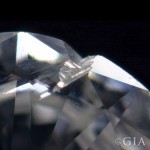
Knot

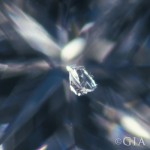
Laser Drill Hole

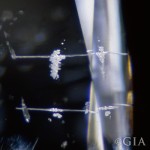
Extra Facet





















